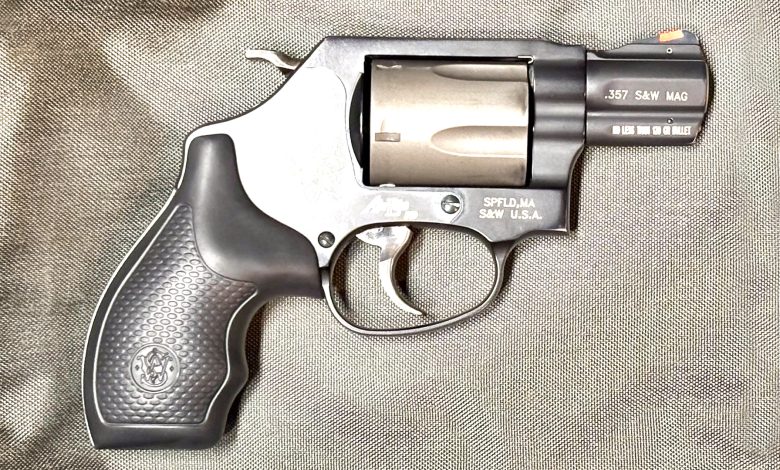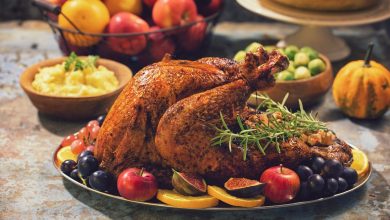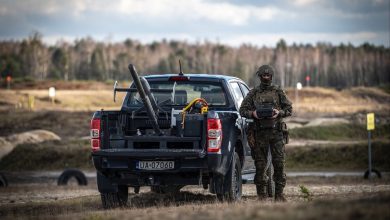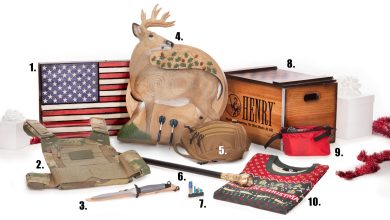Optimizing the Small Frame EDC Revolver

The small-frame revolver has been a mainstay of everyday carry and personal protection in the U.S. for the better part of two centuries. They’re not the easiest of guns to shoot, but they have an uncomplicated manual of arms and are easy to carry, which is why they remain popular. Some simple improvement can be made to them to make them easier to shoot. Main among those improvements are improving the visibility of the sights and using stocks that properly fit the shooter’s hands.
Let’s first address improving the visibility of the sights. This is an important improvement and easy to do. The factory sights on small revolvers tend to give a sight picture that lacks adequate contrast between the front sight, rear sight and the target. Adding contrast to the sight picture will result in a much greater degree of hit potential. Even when a perfect sight picture isn’t obtained at close range, having a high-visibility front sight will get the gun indexed on the target better and result in more effective hits.
To increase the visibility of the front sight, simply paint it a high contrast color. Getting a good paint job involves three steps. The first is to thoroughly degrease the front sight ramp. Any good degreaser will work for this. It’s important to provide a clean metal base for the paint to adhere to.
Second, paint the entire ramp of the sight with white paint as a base coat for the color. A white base coat will make any high visibility paint much more visible. Appliance enamel, which is made to adhere to metal, is the best solution for this base coat. Paint it and let it dry completely.
When the base coat is dry, apply a coat of a high visibility color enamel. Use whatever color is the brightest for the shooter’s personal vision. For most people, this will be neon orange but for some people, neon red, green, or yellow will be more visible. Nail polish will work for this coat, but plastic model enamel paint is the best solution.
The coat of high visibility paint should not cover the entire ramp as people often do. Because the rear notch is not the same height as the front sight, painting the entire ramp will tend to cause the shooter to bring the entire front sight into the notch. Doing so results in the gun shooting high. Instead of full length, paint it so the high visibility paint is only seen when a perfect sight picture is obtained. When the sight is a little high in the notch, the white paint should show. Leave the white paint alone below that point. This will require a little experimentation on the shooter’s part. It’s best to paint a little, test it, and paint it more as necessary.
To provide even more contrast, the rear notch and relief cut can be colored with a Sharpie. Depending on the shooter’s visual color perception, either black or silver may be appropriate. Try both to see which is more visible. Sharpie marks are easily removed with degreaser and a cotton swab for your experimentation.
Guns that have a removeable front sight have even more options. Night sights and replacement Patridge sights are available. Modern holsters have rendered the Baughman ramp obsolete, so replacing a ramp front sight with a Patridge blade that has a more vertical rear face will also yield a better sight picture. Replacing a pinned in front sight does require a small degree of mechanical skill, but it is not a difficult task by any means.
After increasing sight visibility, the next thing is to find stocks that fit the shooter’s hand. While these are often referred to as grips, let’s use the term stocks to avoid confusion with how the shooter grasps the handgun, which is also called grip.
Most small revolvers now come from the factory with what are called “boot grips,” meaning they only come to the bottom of the revolver’s frame. While this length is useful for guns carried in the pocket or on the ankle, they only allow a two-finger grip for most shooters. For a gun carried in a holster or off body, replacing boot grips with stocks that allow a full, three-finger grip will make the gun much easier to shoot, especially in multiple-shot strings. Good stocks also tend to make the gun more comfortable to shoot by spreading the recoil over a larger area of the shooter’s hand. The small wooden stocks that came on older revolvers were notoriously uncomfortable to shoot.
Boot grips also don’t generally cover the backstrap. For shooters with large hands, this will cause too much of the trigger finger to go into the trigger guard. Too much finger also makes the gun harder to shoot. A covered backstrap is a distinct advantage for shooters with large hands.
The good news is that replacement stocks for revolvers are available in a wide variety of sizes. Most of them can be installed simply using a screwdriver. The installation for a few requires a bit more mechanical skill but nothing particularly difficult.
It’s worth experimenting with stocks of different sizes to see which ones yield the best results for the individual shooter. The difference between synthetic and wooden stocks is also something that should be explored by shooting. While many wood stocks are attractive, sometimes shooters find that they are more difficult to shoot than modern synthetic stocks. Try some rapid-fire strings to test the difference.
Small-frame revolvers aren’t the easiest of all guns to shoot, but their shootability can definitely be improved. Increasing the visibility of the sights and giving the shooter something to hold onto when shooting can greatly increase a small gun’s hit potential.
Read the full article here









